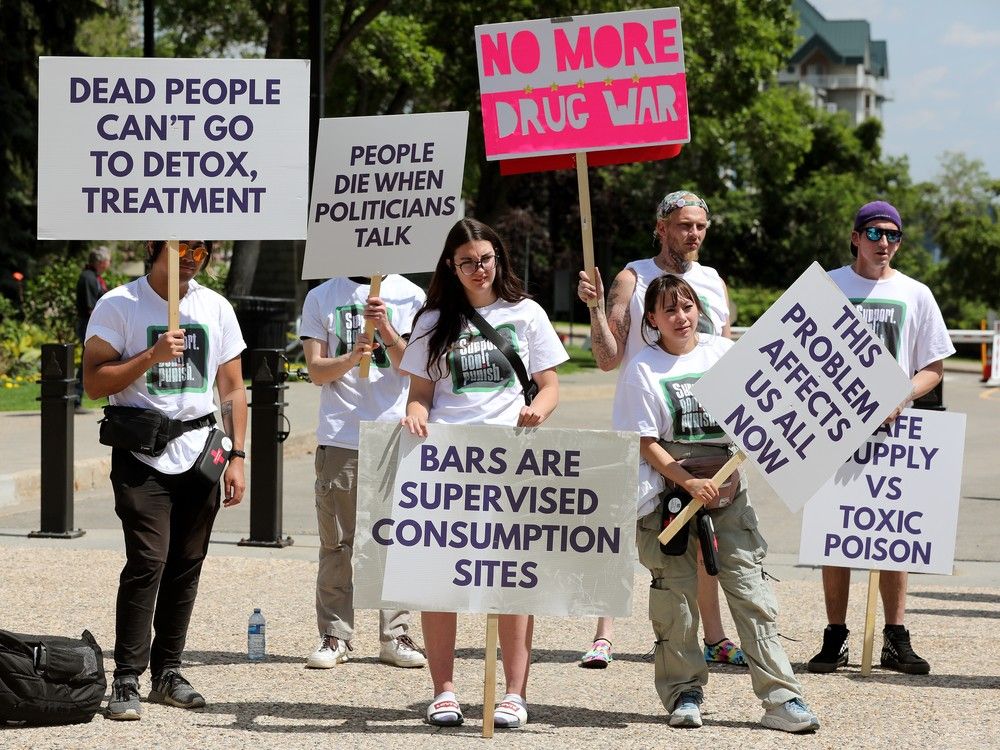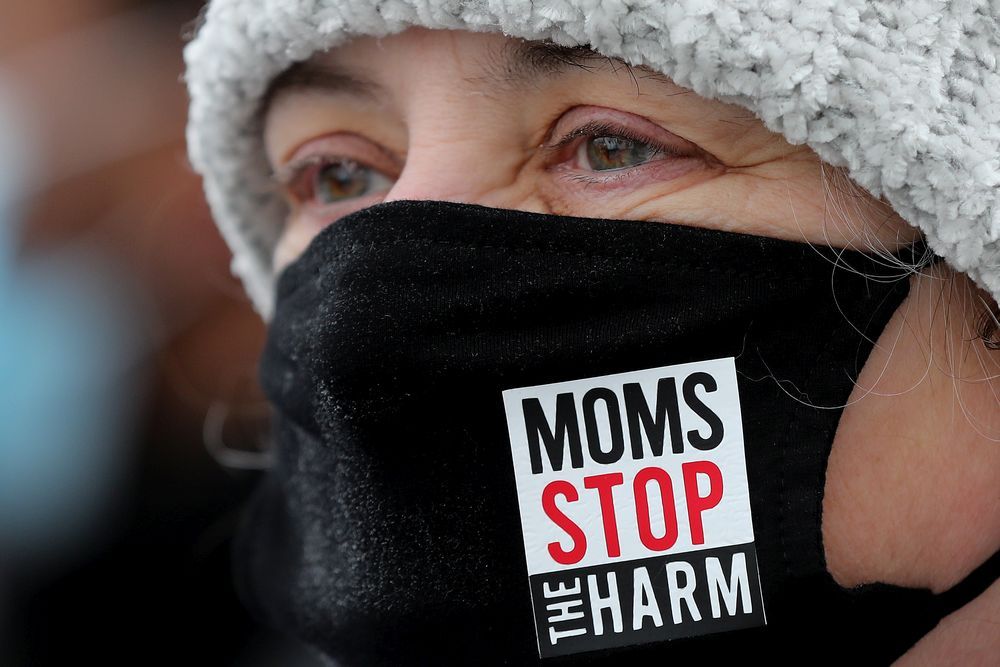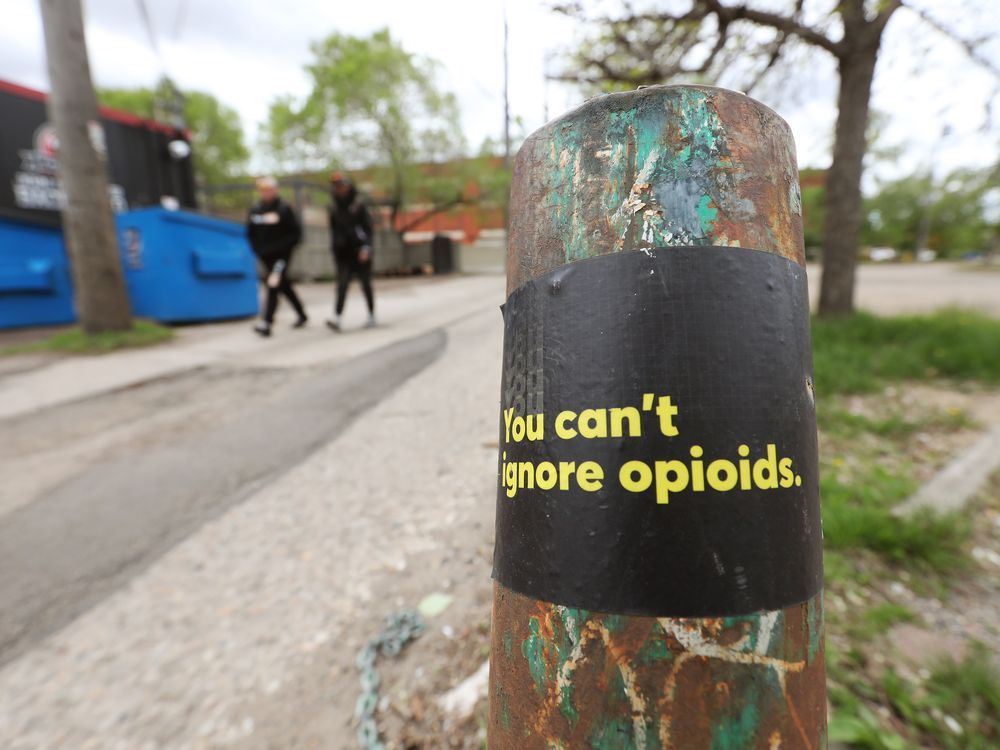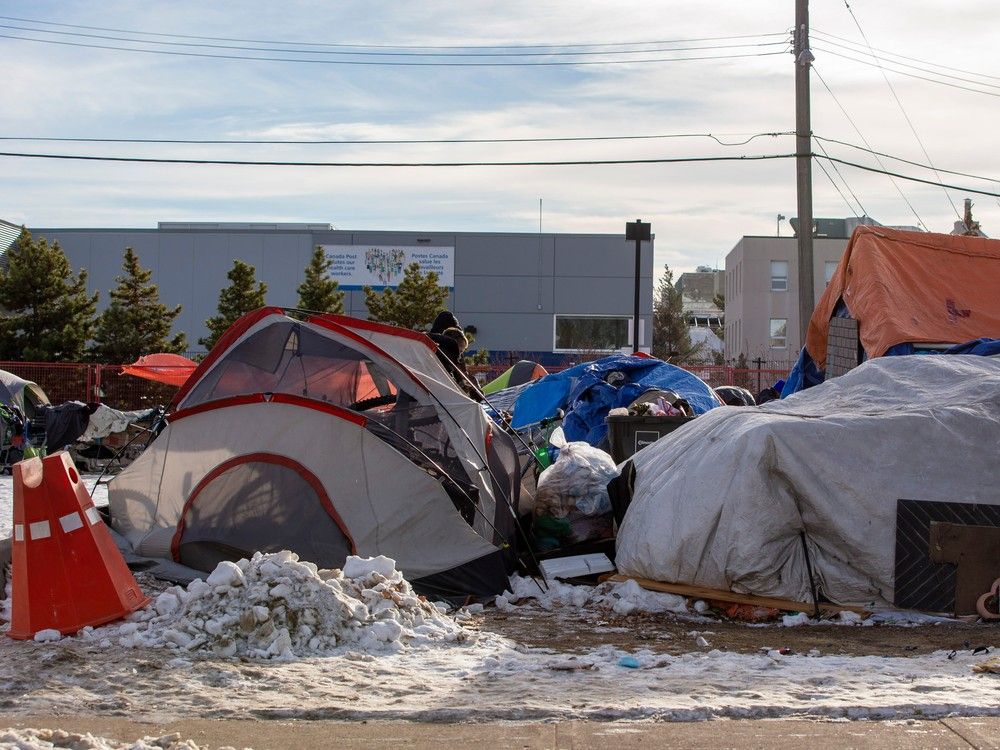Kosy123
Active Member
I'm a bit too tired to write out an essay on this, but Elaine Hyshka has been a very informative person for me to follow regarding this whole issue. I can safely say I don't know as much as I should regarding the issue, and reading her opinions on the matter has been quite informative.
There have also been other articles with this issue, concerning issues about relapse, lower tolerance under relapse (with higher overdose rates as a result) and the fact that voluntary treatment wait times are already high enough.

 edmontonjournal.com
edmontonjournal.com

 edmontonjournal.com
edmontonjournal.com
My main issue with this is the fact that switching over to "forced treatment" and decrying the failure of a harm reduction and housing first policy is a bit weird for me considering we haven't fully tried to go for the second policy. I cannot in good conscience decry the failure of a policy as a reason to switch gears when we, as a province, have haphazardly implemented the latter with a government that hasn't had its heart in it from the beginning, as evidenced by this article below.

 edmontonjournal.com
edmontonjournal.com
^What I can say on a very safe basis is that there were rumours that the original non-partisan committee research report had harm reduction and safe supply as the most effective recommendation, before political machinations and pressure changed the report in finality.
In conclusion, I can't support this policy though I fully understand why some would want it regarding how our current approach has been lackluster at best. But that approach has been a mish-mash of multiple policies and directions.
There have also been other articles with this issue, concerning issues about relapse, lower tolerance under relapse (with higher overdose rates as a result) and the fact that voluntary treatment wait times are already high enough.

Opinion: Compassionate Intervention Act will do more harm than good
Op-ed on forced treatment for addicts.

Group opposes involuntary treatment as Alberta government mulls legislation
An organization representing families who have lost loved ones to drug poisoning is calling on the Alberta government to not implement involuntary addiction treatment legislation.
My main issue with this is the fact that switching over to "forced treatment" and decrying the failure of a harm reduction and housing first policy is a bit weird for me considering we haven't fully tried to go for the second policy. I cannot in good conscience decry the failure of a policy as a reason to switch gears when we, as a province, have haphazardly implemented the latter with a government that hasn't had its heart in it from the beginning, as evidenced by this article below.

Alberta safe supply report criticized for bias, focus on prescription opioids
An Alberta legislative committee exploring the issue of safe drug supply has released a report that critics say is biased and focuses too much on the overprescripti…
^What I can say on a very safe basis is that there were rumours that the original non-partisan committee research report had harm reduction and safe supply as the most effective recommendation, before political machinations and pressure changed the report in finality.
In conclusion, I can't support this policy though I fully understand why some would want it regarding how our current approach has been lackluster at best. But that approach has been a mish-mash of multiple policies and directions.









